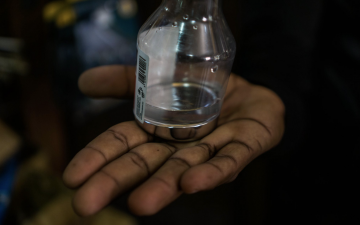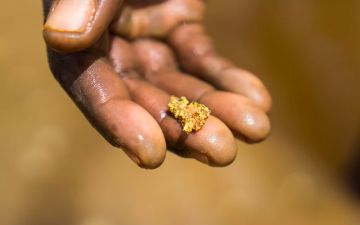The Guiana Shield is a 1.7 billion-year-old geological formation with one of the world’s most biodiverse ecosystems. Large swaths of its rainforests cover areas of Guyana, Surinam, French Guiana, Venezuela, Colombia, and Brazil. Unprecedented rates of deforestation and water contamination are increasingly being driven by mining and the application of mercury in the extraction process. While all countries of the Amazon with the exception of French Guiana have signed on to the Minamata Convention that obligates them to halt the trade in the toxic quicksilver and bans its uses in mining, it hasn't been enough. A recent analysis of air quality, blood, tissue, and soil samples shows high levels of contamination in tropical ecosystems and different populations.
Two of the gateways for mercury to enter in this Latin American region are Guyana and Suriname. This series follows the mercury from the seaports, through the jungles to the mines. The team has documented why mercury is such a controversial pollutant in the Guiana Shield and met the actors involved in the mostly illegal trade, spoke with miners who see their subsistence threatened by mercury prohibitions, health experts, and traffickers. There’s no single version of the truth in the underworld of the mercury business.




